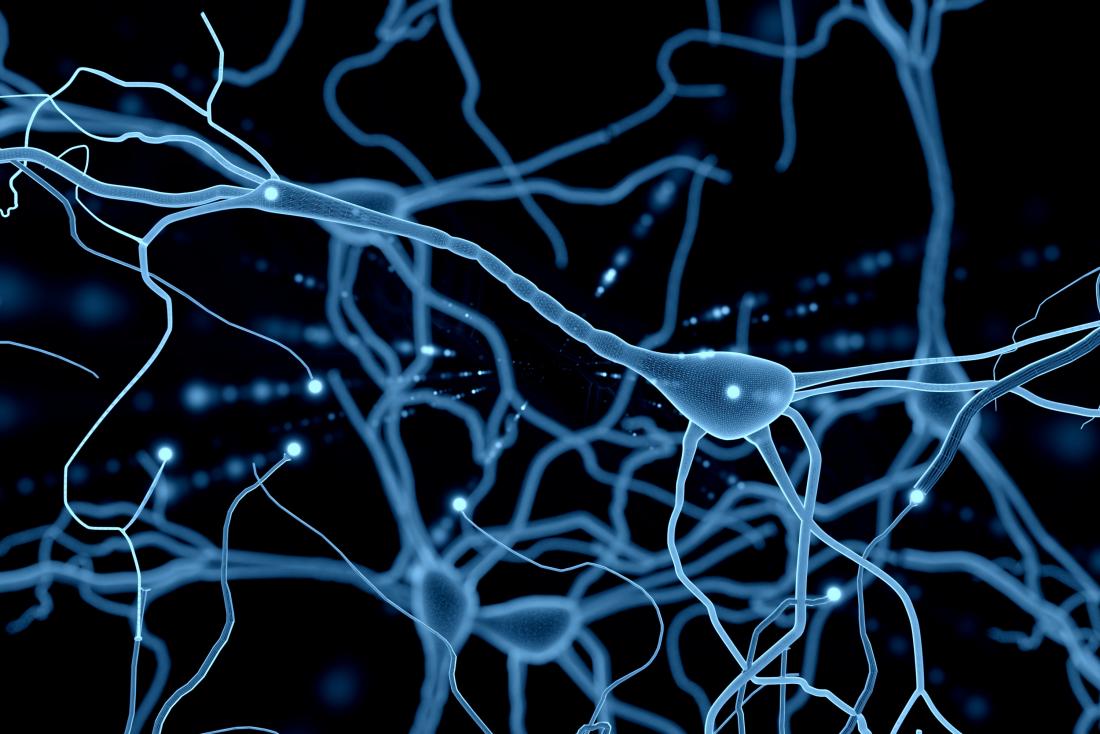

Monitoring a thought or an attitude will cause a change in the firing pattern of neurons, which eventually leads to a new behavior. This is interesting, as this means that shifting from negative to positive thoughts or trying to change an attitude is possible. This is why people tend to react the same way to similar situations: because neurons, which are part of the circuit responsible for this response, fire robustly. This means that if we are put in the same situation twice, the firing of our neurons is going to be similar and reinforced. A continuous pattern of neuronal firing reinforces the circuitry. Our external environment (such as home, relationships, media, etc.) leads to a pattern of neuron firing, which results in a thought process. One theory explains that thoughts are generated when neurons fire. More: American Ninja Warrior Junior contestant trains at Vestal home gym dad built More Ask a Scientist: Imagining the biggest number can lead to infinite possibilities More Ask a Scientist: Ducks quack for several different reasons, and not all of them do The electrical signals propagate like a wave to thousands of neurons, which leads to thought formation. Neurons release brain chemicals, known as neurotransmitters, which generate these electrical signals in neighboring neurons.

It is estimated that the human brain has close to 100 billion neurons. The brain is primarily composed of neurons, which are cells that generate electrical impulses for communication. However, exploring the brain may help in understanding the bigger picture. QUESTION: What is our brain made up of so that we can think?ĪNSWER: Although the science of brain cell communication is well-understood, the complexity of thought processes is not well-defined.


 0 kommentar(er)
0 kommentar(er)
